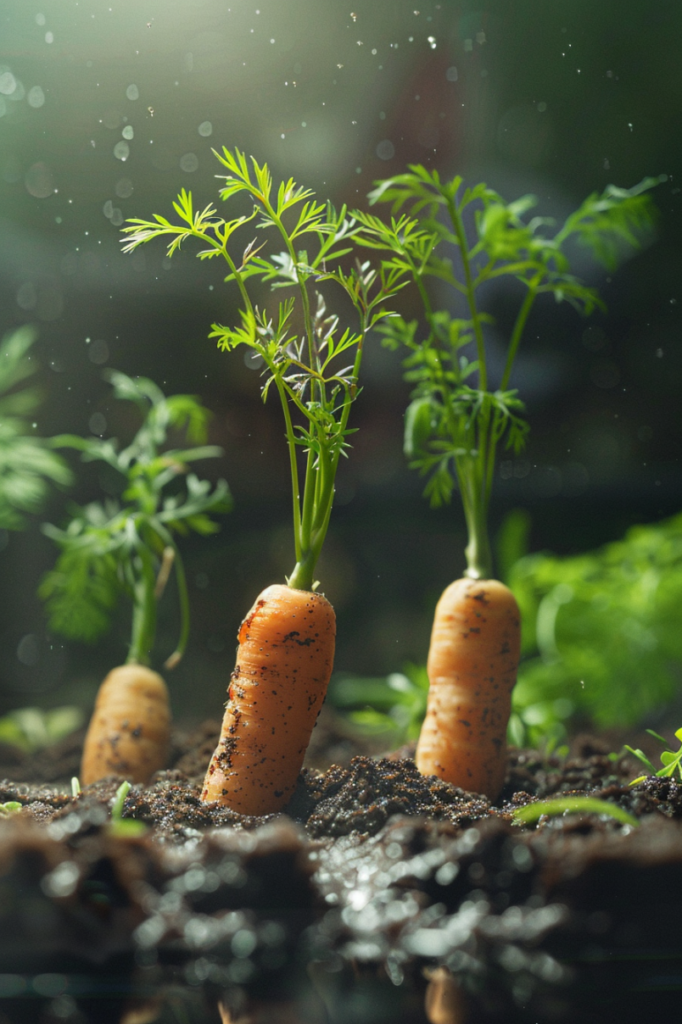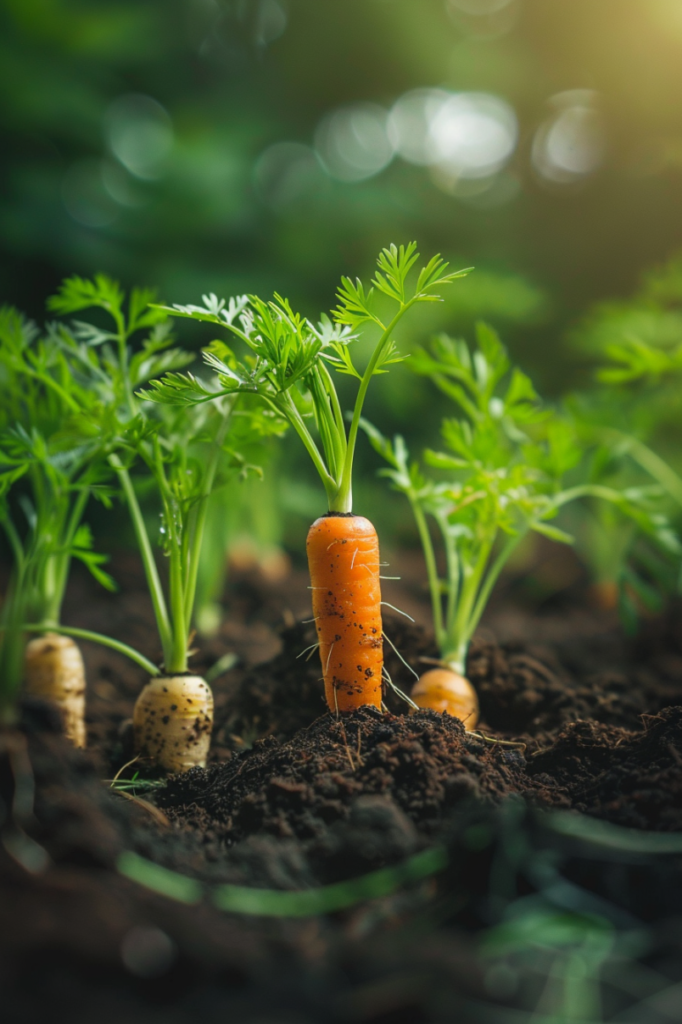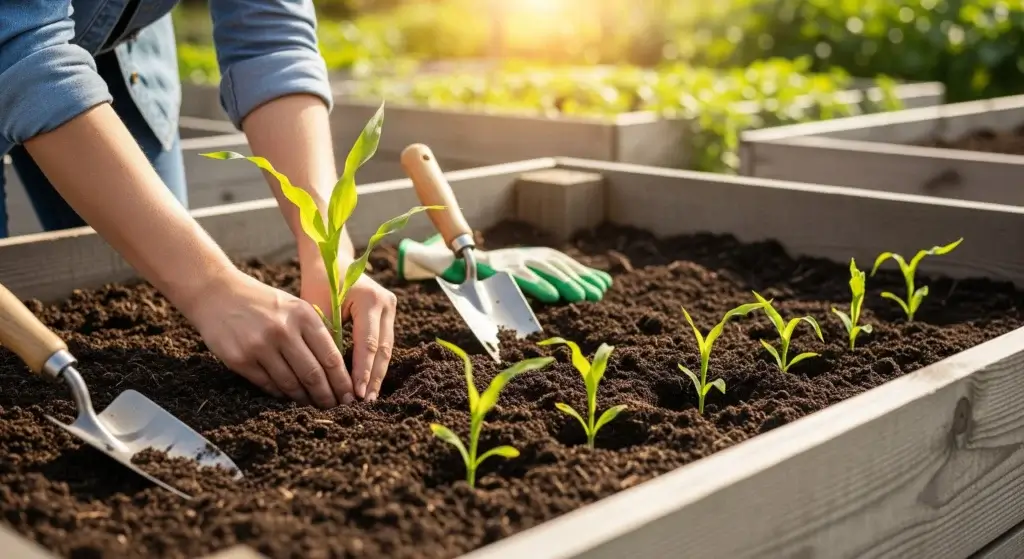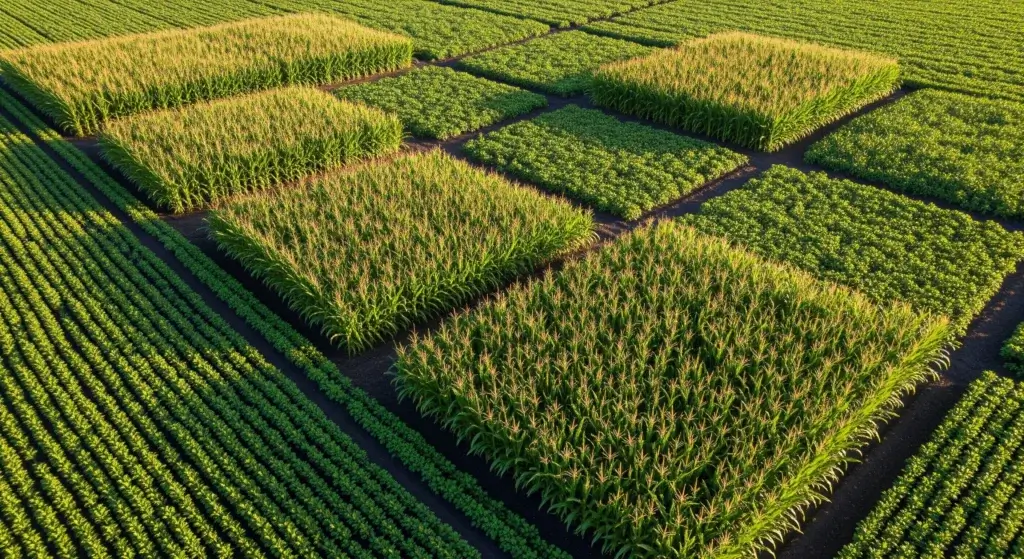
Growing carrots from seed offers a fulfilling journey, granting you the delight of savoring fresh, homegrown vegetables imbued with a distinct, sweet taste.
In this article, we’ll explore the advantages of cultivating carrots from seed, covering planting methods, soil preparation, and essential care tips for ensuring a thriving carrot crop.
Benefits of Growing Carrots from Seed
Growing carrots from seed offers numerous benefits, enhancing your gardening experience and providing you with a bountiful harvest.
Let’s delve into the details of these advantages:
- Read also: Tips on How to grow Lemon balm
- Read also: How To Grow Brussels Sprouts
Freshness
Homegrown carrots surpass store-bought varieties in freshness, ensuring peak flavor and nutrition.
Harvesting carrots straight from your garden allows you to enjoy their crispness and vibrant taste, unmatched by those sitting on grocery store shelves for extended periods.
Variety
Cultivating carrots from seed grants you the freedom to select from a wide range of varieties, tailored to your preferences.
You can choose based on factors such as maturity time, size, color, and flavor profile, allowing for a customized harvest that suits your culinary needs and preferences.
Control
By growing carrots from seed, you maintain complete control over the cultivation process.
You can opt for organic methods, ensuring that your carrots are free from pesticides and harmful chemicals.
This control enables you to nurture your crops in a manner that aligns with your values and promotes environmental sustainability.
Nutritional profile
Carrots boast an impressive nutritional profile, rich in essential vitamins and minerals.
They are particularly high in vitamins A and K1, beta-carotene, fiber, biotin, and potassium.
Incorporating homegrown carrots into your diet provides a wholesome and nutritious addition, supporting overall health and well-being.
Cost-effectiveness
Growing your own carrots proves to be a cost-effective endeavor.
While store-bought carrots can be expensive, purchasing seeds for cultivation is relatively inexpensive.
By investing in seeds and dedicating a small portion of your garden space, you can enjoy a plentiful harvest of fresh carrots at a fraction of the cost.
Long storage potential
Homegrown carrots offer the advantage of extended storage potential.
If left in the ground and adequately mulched, carrots can overwinter, allowing for harvesting in subsequent seasons.
Alternatively, you can store harvested carrots for up to 7 months by placing them in containers filled with damp sand or sawdust, stored in a cool, dark root cellar.
This longevity ensures a steady supply of carrots throughout the year, even beyond the growing season.

Planting Your Carrot Seed
Planting carrot seeds requires careful consideration of timing, seed selection, soil preparation, and planting techniques to ensure a successful harvest.
Let’s explore these steps in detail:
Timing
The optimal planting window for carrots varies depending on your climate.
In cooler regions, it’s best to plant carrots in early spring when soil temperatures reach around 50°F (10°C).
In contrast, warmer regions can plant carrots in the fall for a winter harvest.
By aligning planting times with local climate conditions, you maximize the chances of successful germination and growth.
Seed selection
Choose the right carrot variety based on factors such as maturity time, size, and desired flavor.
Popular varieties like ‘Little Finger’, ‘Danvers Half-Long’, and ‘Nantes’ offer different characteristics suited to various preferences and growing conditions.
Selecting the appropriate variety ensures a bountiful and satisfying harvest tailored to your needs.
Preparing the soil
Ensure the soil is loose and well-draining, as carrots require optimal conditions for root development.
Break up compacted soil and remove rocks or debris that may hinder root growth.
Conducting a soil test helps determine nutrient levels, allowing you to adjust as needed with a balanced fertilizer to provide the necessary nutrients for healthy carrot growth.
Planting the seeds
When planting carrot seeds, keep in mind that they require light to germinate.
Plant them shallowly, approximately 1/4 inch deep, in rows spaced 1-2 feet apart to allow for proper root development and ease of maintenance.
By ensuring adequate spacing between rows, you facilitate air circulation and minimize competition among plants.
Germination tips
To promote successful germination, ensure that the soil remains consistently moist but not waterlogged.
Carrot seeds are sensitive to drying out, so maintaining adequate moisture levels is essential for germination.
Additionally, consider covering the seeded area with a thin layer of mulch to retain moisture and protect the seeds from drying out or being washed away.
Thinning
As carrot seedlings emerge, thin crowded areas to allow sufficient space for proper root development.
Aim to space seedlings approximately 3-4 inches apart to prevent overcrowding, which can lead to stunted growth and misshapen carrots.
Thinning ensures that each carrot plant has ample room to grow and access nutrients, maximizing the potential for robust and flavorful carrots at harvest time.

Growing and Caring for Your Carrots
Growing and caring for your carrots involves several key practices to ensure their health and vitality. Let’s explore these in more detail:
Watering
Providing consistent moisture is essential, particularly during germination and early growth stages.
Carrot seeds require adequate moisture to sprout, and young seedlings are sensitive to drying out.
Water deeply and regularly, ensuring that the soil remains consistently moist but not waterlogged.
Avoid overwatering, as excessive moisture can lead to rot and other issues.
Consider watering in the morning to minimize evaporation and maximize absorption by the plants’ roots.
Weeding and mulching
Weed control is crucial for maintaining healthy carrot plants. Weeds compete with carrots for nutrients, water, and sunlight, hindering their growth and development.
Remove weeds by hand or with a hoe, being careful not to disturb the carrot roots.
Applying mulch around the base of the carrot plants helps suppress weeds, retain moisture in the soil, and regulate soil temperature.
Organic mulches such as straw, shredded leaves, or grass clippings are effective options for mulching carrots.
Feeding
While carrots are not heavy feeders compared to some other vegetables, providing additional nutrients can benefit their growth, especially if your soil is not rich in nutrients.
Optional feeding with a balanced fertilizer can help ensure that carrot plants have access to essential nutrients for healthy development.
Choose a fertilizer specifically formulated for vegetables and apply according to the manufacturer’s instructions.
Avoid over-fertilizing, as excessive nutrients can lead to lush foliage at the expense of root development.

- Read also: A Guide on How to Grow Onions from Seed
- Read also: The No-Soil Solution: How to Grow Onion in Water
Conclusion
Embarking on the journey of growing carrots from seed is both enjoyable and fulfilling.
It offers the opportunity to relish fresh, homegrown vegetables distinguished by their delightful, sweet flavor.
By adhering to these guidelines, you can guarantee a thriving carrot crop, ensuring plentiful and delicious harvests to enjoy for many months ahead.



